The Great Buddha of Kamakura is the symbol of Kamakura and visited by many tourists throughout the year. Its official name is Amitabha Buddha, which is a colossal bronze statue of Amida-butsu (Japanese name for Amitabha Buddha). It was originally enshrined in the Great Buddha Hall, but the hall was destroyed by a series of natural disasters. Now the statue is placed outdoors. It was designated as one of the National Treasures of Japan in 1958 and is a must-visit spot in the Kamakura area.
About the Great Buddha of Kamakura
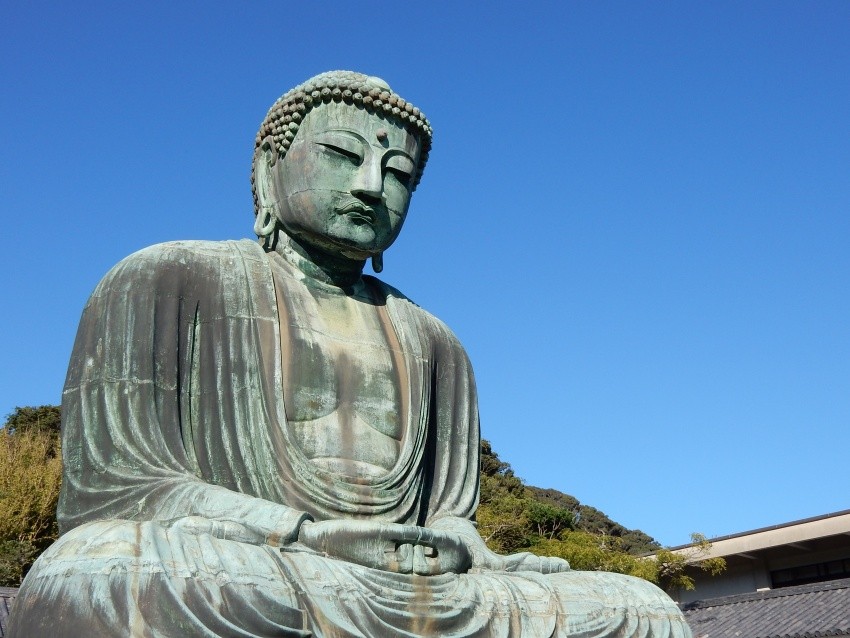
The principle image of Kotoku-in, The National Treasure Amitabha Buddha, is about 13.35 meters high (including the base) and weighs about 121 tons. It is the 2nd largest Buddha after the buddha statue of Todaiji temple in Nara Prefecture. The builder and the time of construction are unknown but it has kept its original form to today. Kotoku-in, where the Great Buddha is located, is a temple of Jodo-shu Buddhism sect, but its founded year is unknown. Behind the cloisters surrounding the Great Buddha is the Kangetsu-do Hall, which houses a statue of the Kannon.
Highlights of the Great Buddha of Kamakura
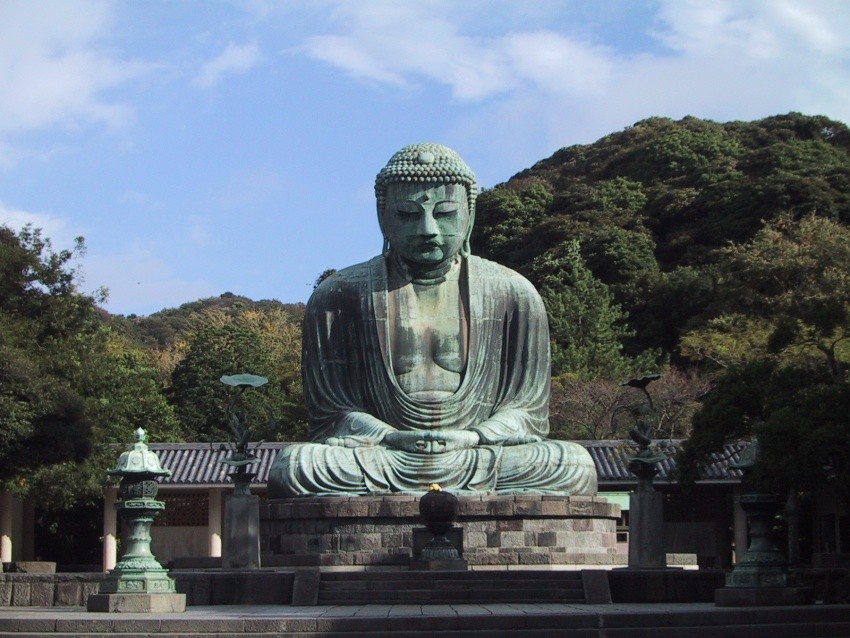
It is said that construction began in 1252. The Buddha's ears are plump ears that touch its shoulders featuring a perforated earlobe. The length of ears is about 1.9 meters. Although the golden color on the right cheek of the Great Buddha is faintly visible, it gives evidence that the Buddha was originally covered with gilt. In addition, there are 56 foundation stones of the former Great Buddha Hall left around the Buddha. There is a door on the back of the Buddha from which you can enter. Since there are no lights inside, it is recommended to visit while there is still sunlight.
Seasonal Flowers of the Great Buddha of Kamakura
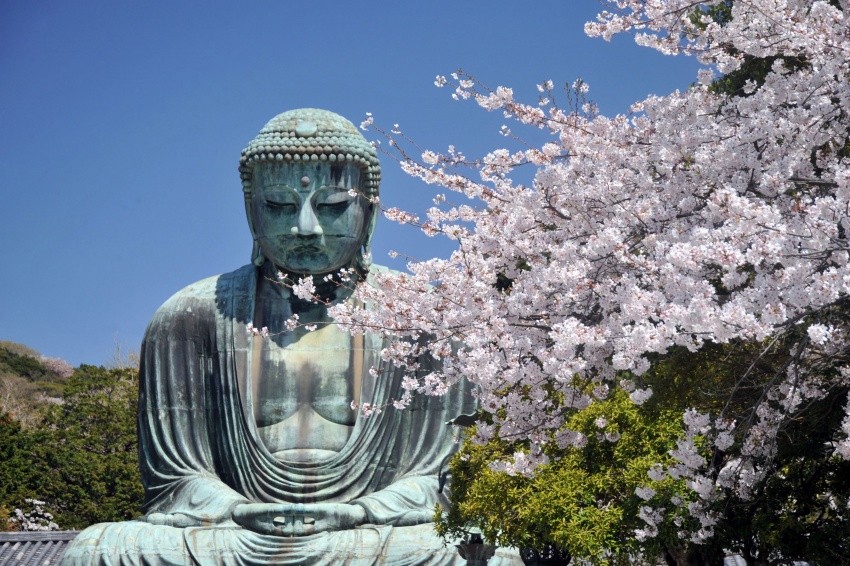
Photo provided by(all):Kamakura City Tourist Association
Seasonal flowers and plants such as camellia and plum blossoms in early spring, cherry blossoms in April, ginkgo and maples in autumn are the highlights of each season. Above all, the cherry blossom season in spring attracts many tourists from Japan and aboard to come to visit. It is sometimes crowded because people queue to take photos with the Great Buddha. It is the best to pose near the cherry blossoms and take a photo with the Buddha statue on site, but make sure not to touch or hold the blossoms as they are easily damaged. Autumn leaves of Gokoyama, the hill behind the Great Buddha are also beautiful.
Access to the Great Buddha of Kamakura
At JR Yokosuka Line Kamakura Station, change to Enoshima Electric Railway bound for Fujisawa (5 minutes) and get off at Hase Station. Alternatively, at JR Tokaido Line / Odakyu Line 'Fujisawa' Station, change to Enoshima Electric Railway bound to Kamakura (30 minutes) and get off at Hase station. Then walk straight north for approximately 7 minutes from Hase station.
Besides trains, you may also take the bus from Kamakura Station. Take the Enoden bus at bus stop No.1 or the Keihin Kyuko bus at bus stop No. 6 at Kamakura Station East Exit. Ride for about 10 minutes and get off at Daibutsuzen Bus Stop.
Spot Information
- Spot name: The Great Buddha of Kamakura Kotoku-in
- Street Address: 4-2-28 Hase, Kamakura, Kanagawa 248-0016
- Language: English (official website)
- Ticket: 200 yen (To 300 yen from September 1, 2019. The fee for entering the Great Buddha: 20 yen per person)
- Opening hours: April ~ September: 8:00 - 17:30, October ~ March: 8:00 - 17:00 (Last admission: 15 minutes before closure)
- Opening hours for entering the Great Buddha: 8:00 - 16:30 (Last admission: 10 minutes before closure)
- Closing days: None


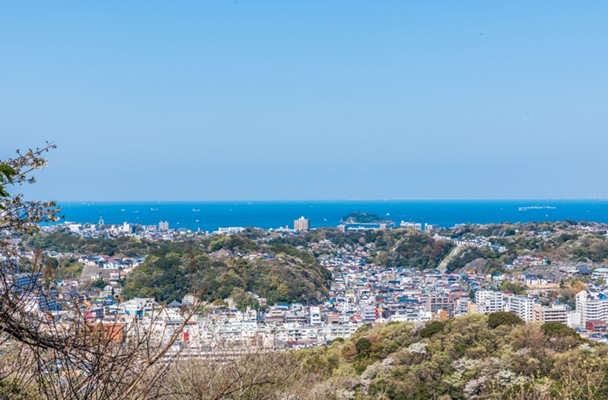
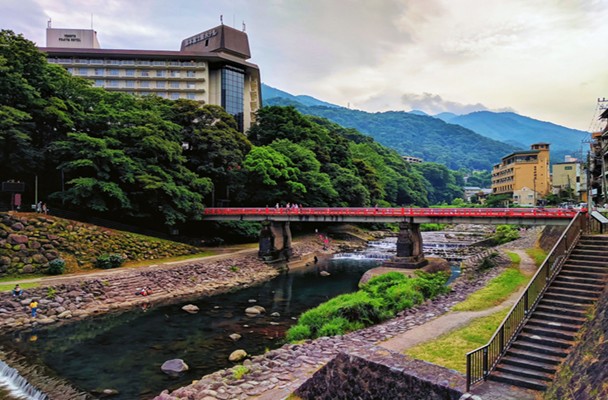
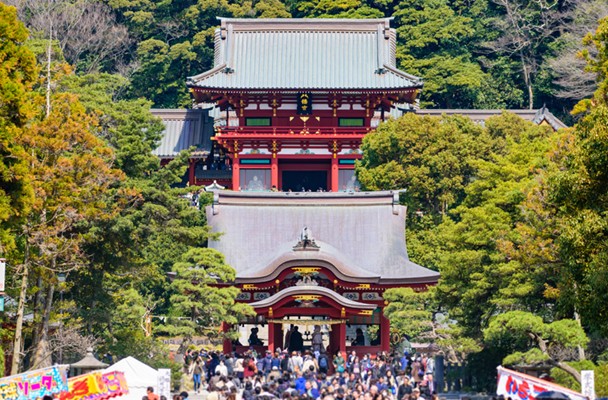
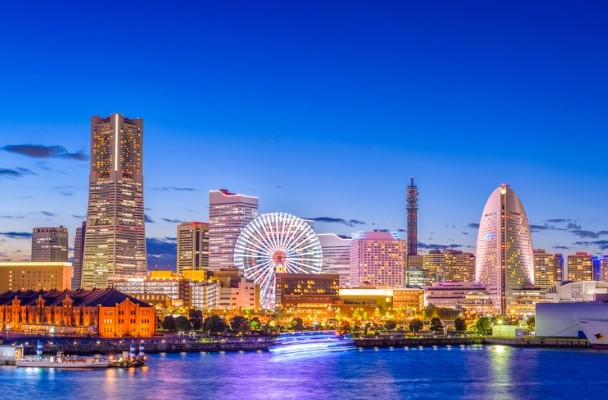
Comments